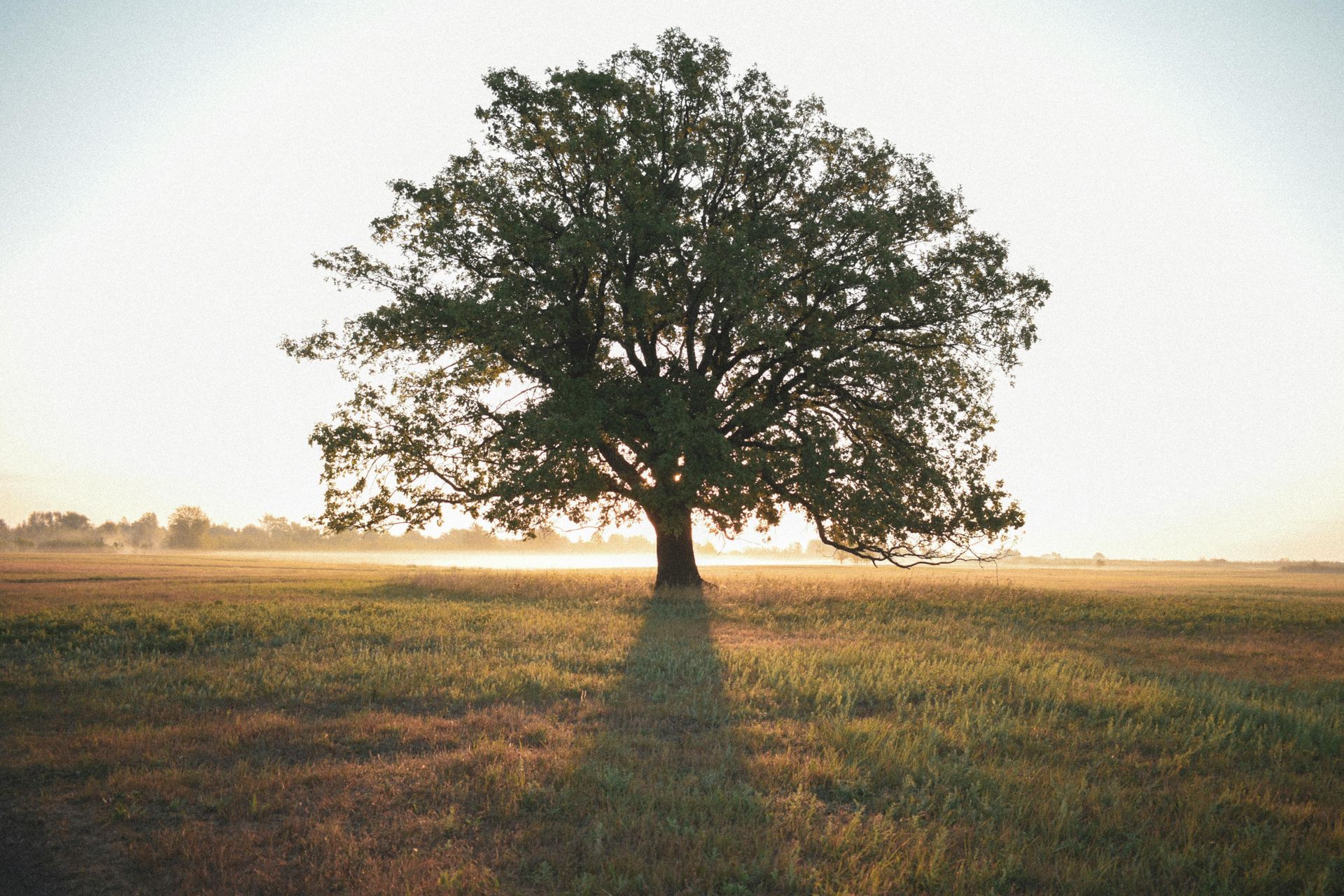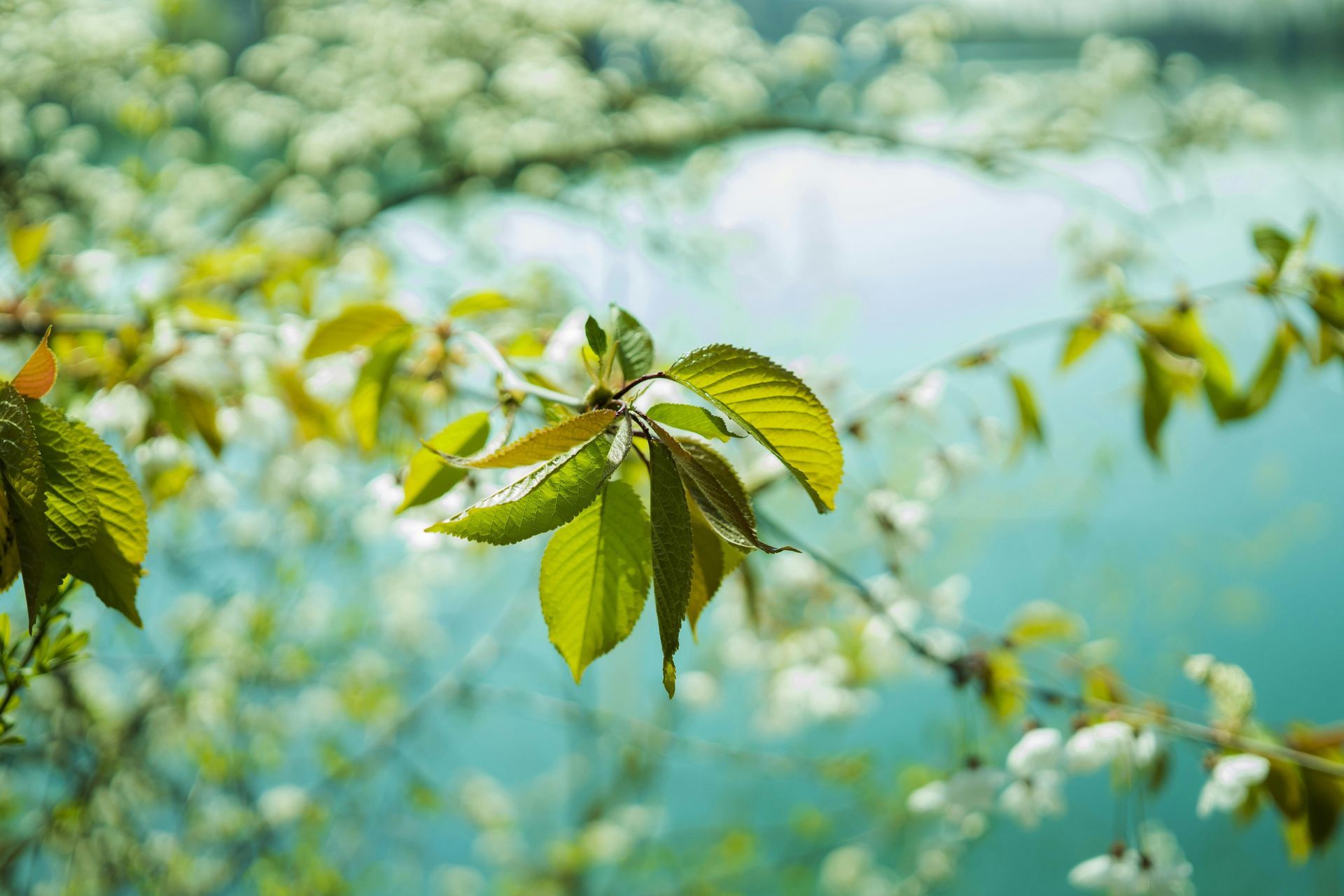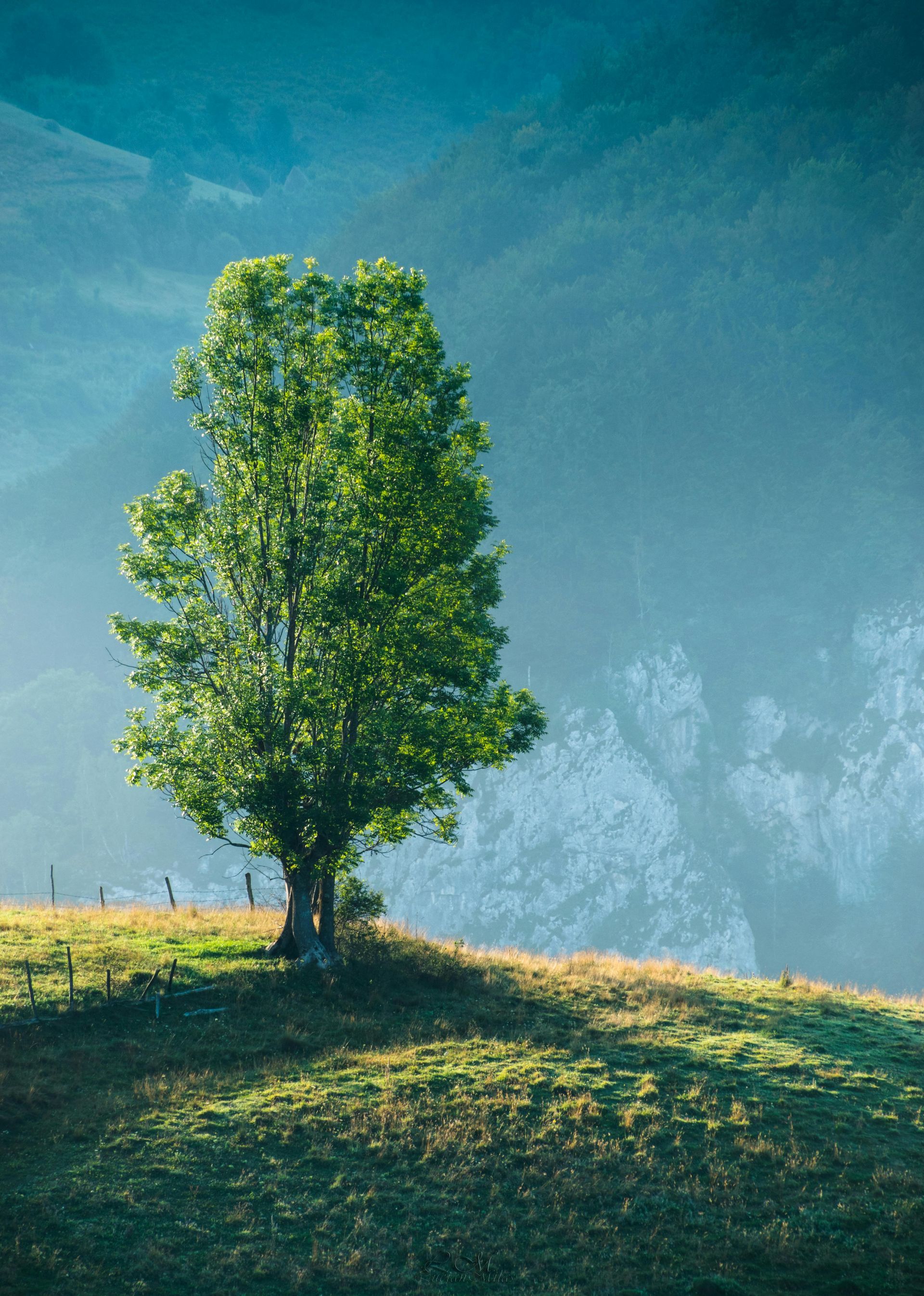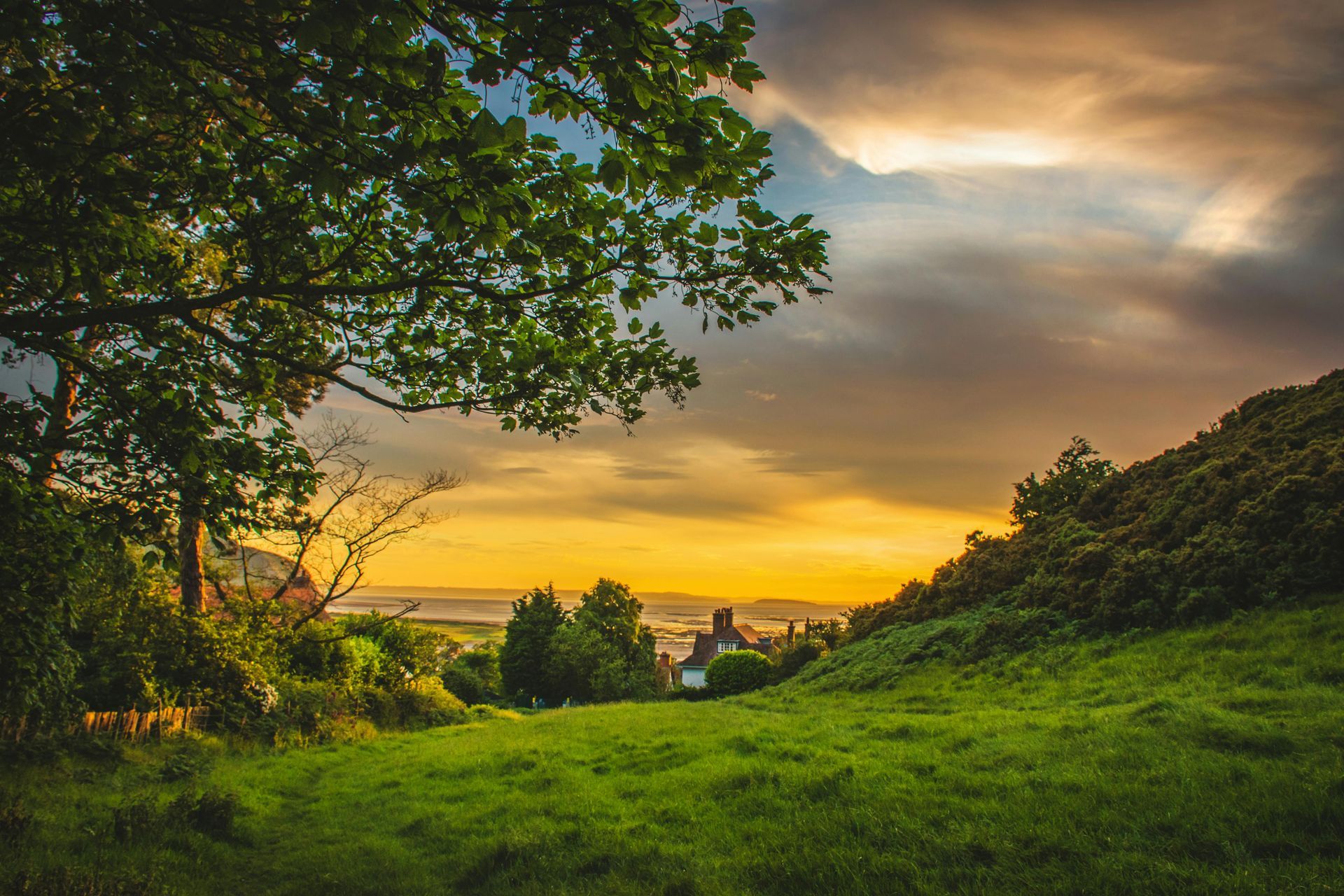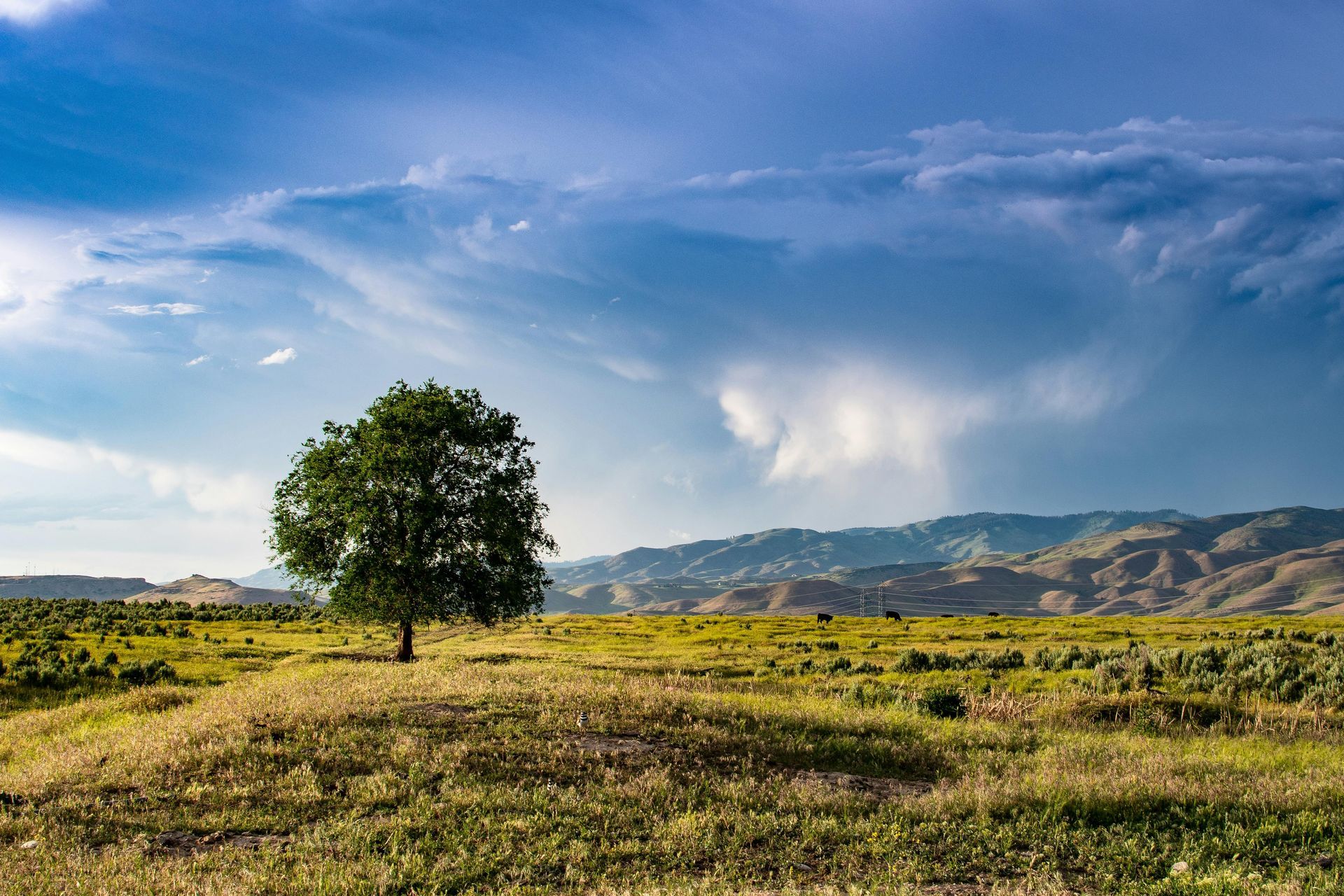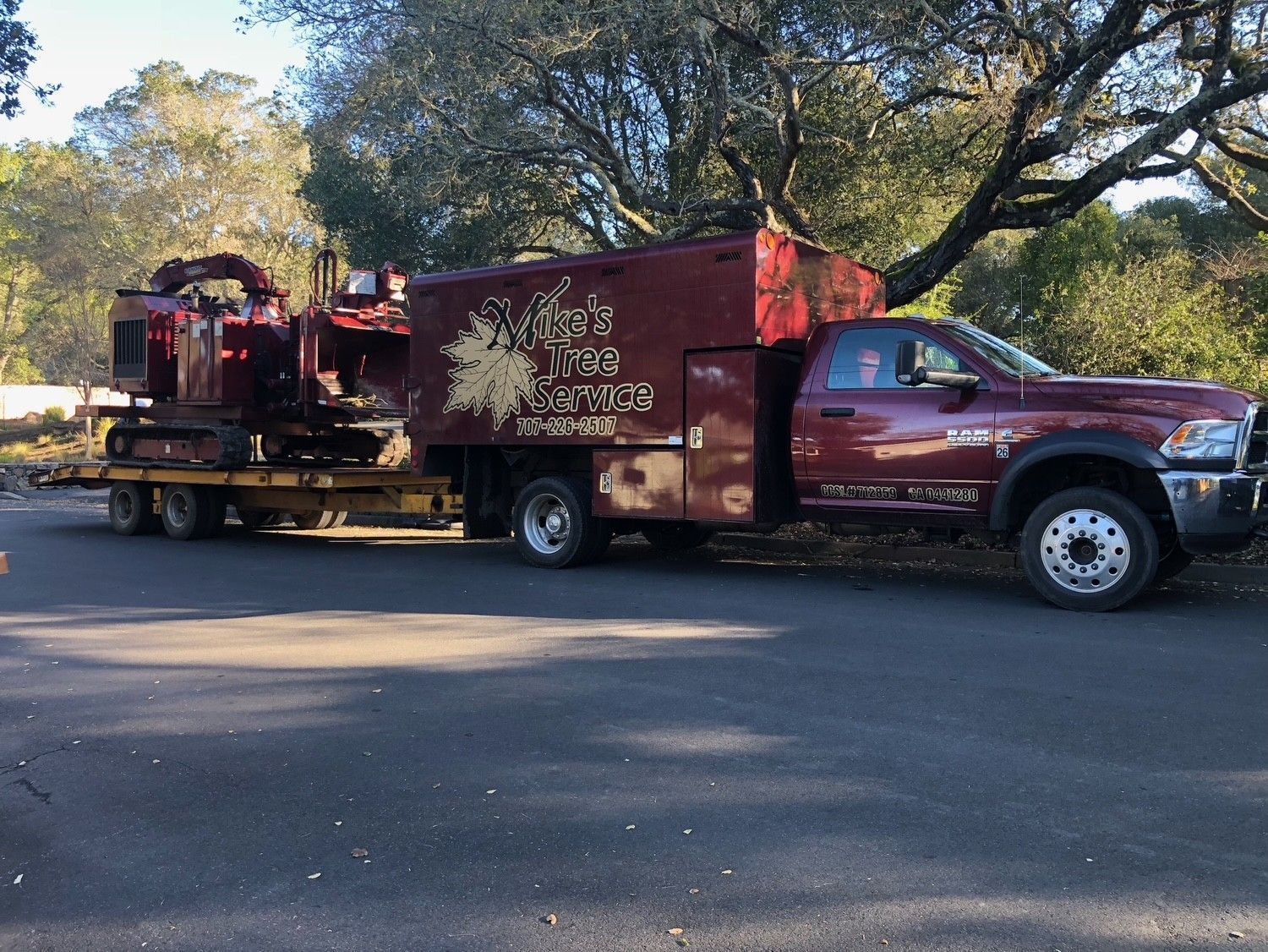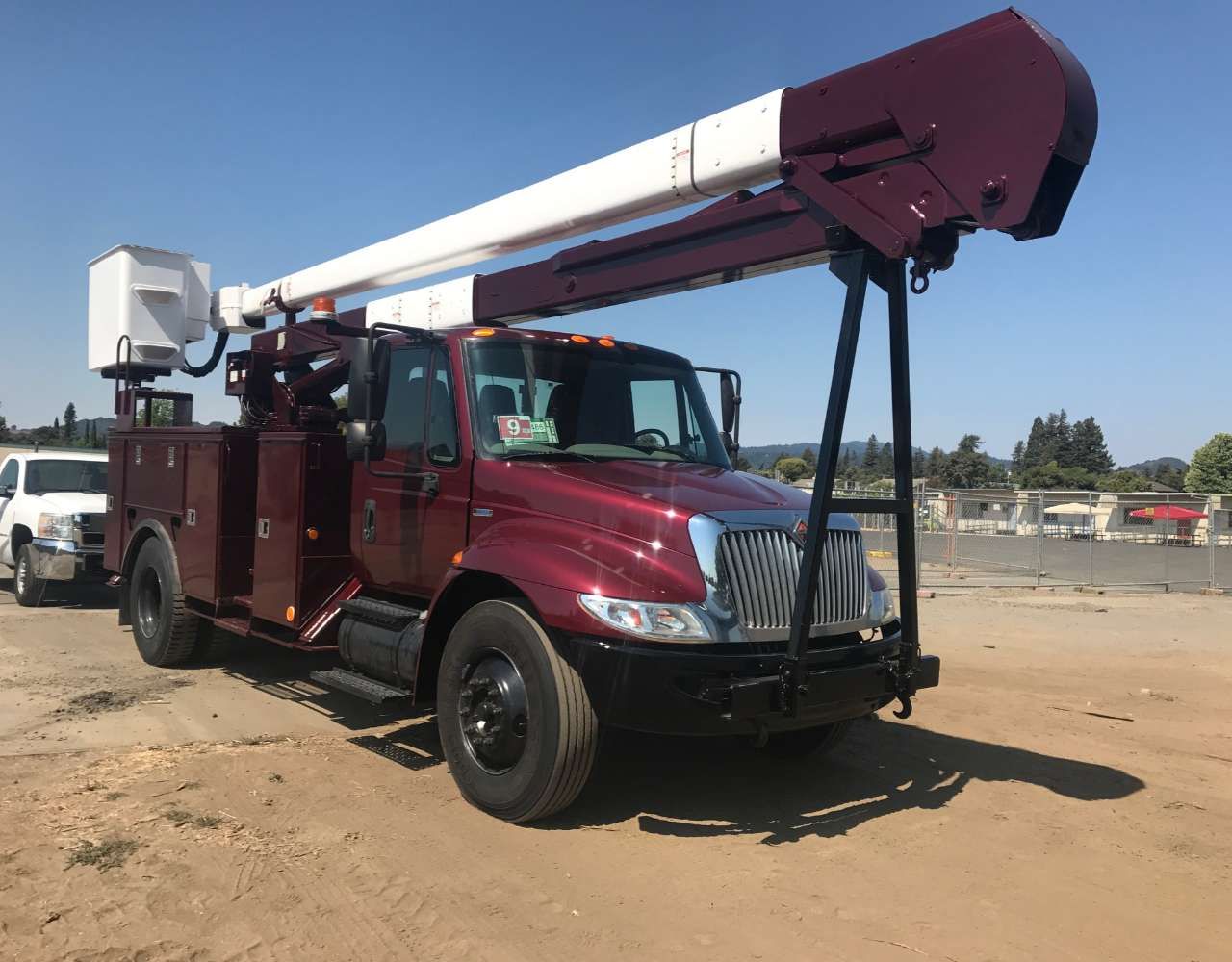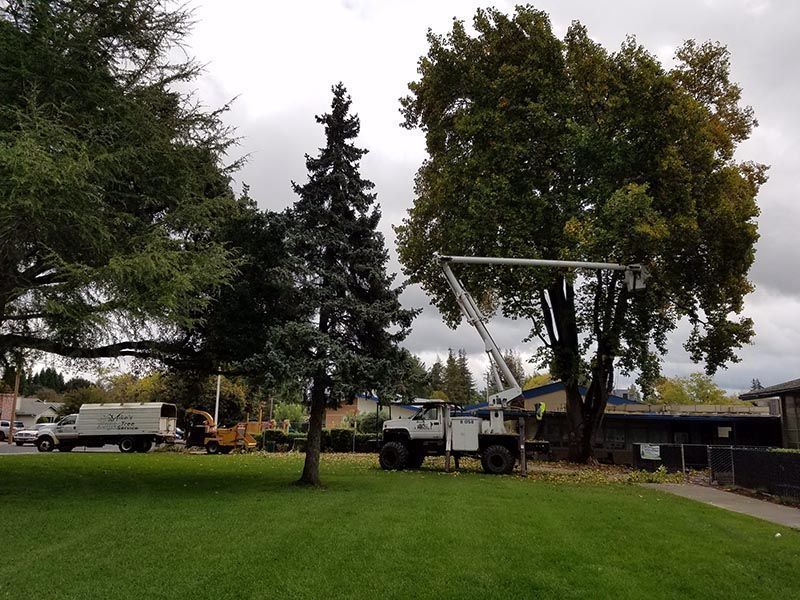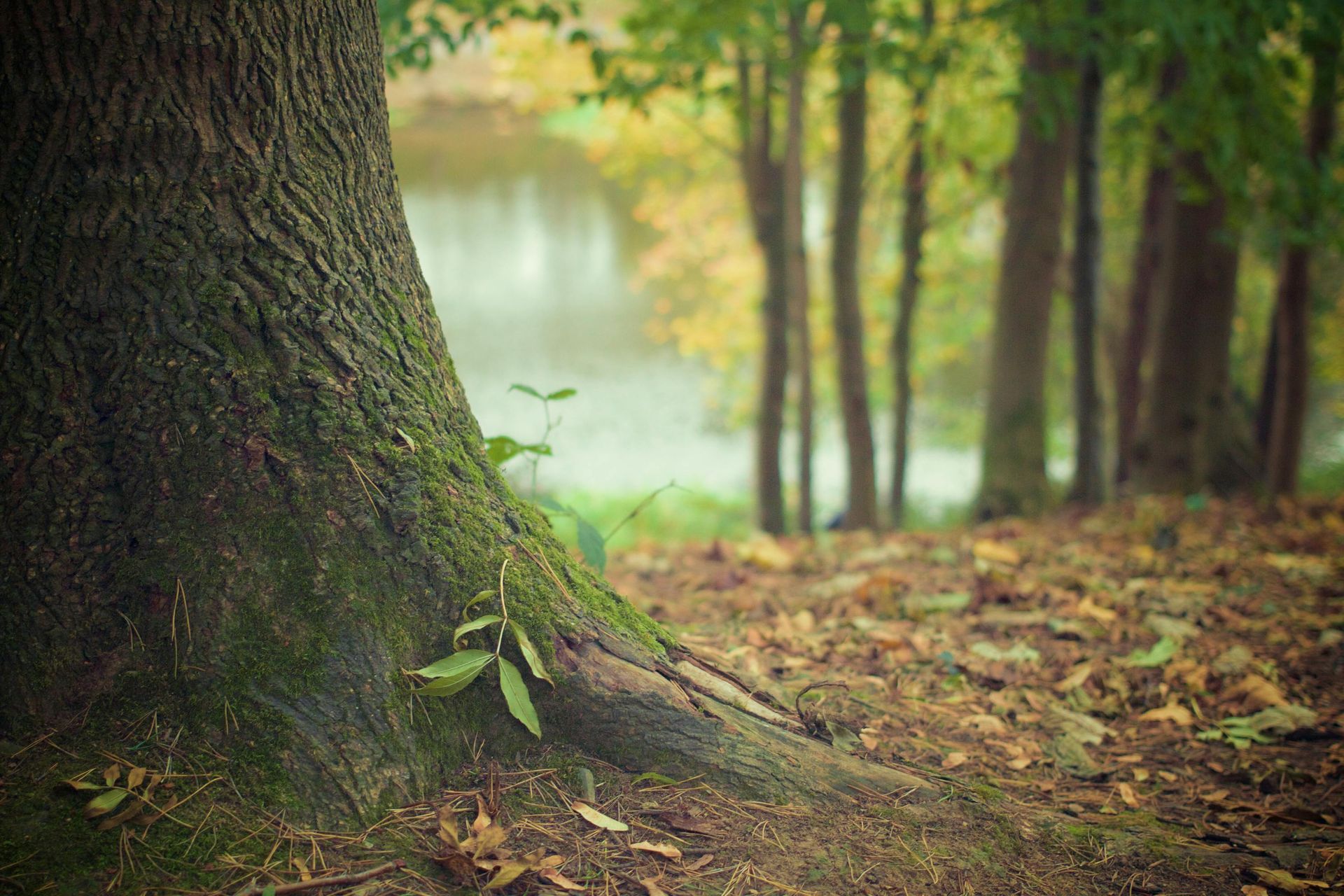Napa’s Oak Trees Are Dying: What Homeowners Need to Know About Sudden Oak Death
You may have noticed a once-healthy oak turning brown seemingly overnight — a troubling sign that many Napa Valley residents are seeing more often these days. This sudden decline is often caused by a dangerous disease known as Sudden Oak Death (SOD), which threatens our region’s iconic oak trees.
In Napa County, thousands of oaks have been lost to this disease in recent years, changing landscapes, impacting local ecosystems, and putting valuable properties at risk. Whether you’re a homeowner, estate manager, vineyard owner, or HOA decision-maker, understanding Sudden Oak Death is essential for protecting your trees and preserving Napa’s natural beauty.
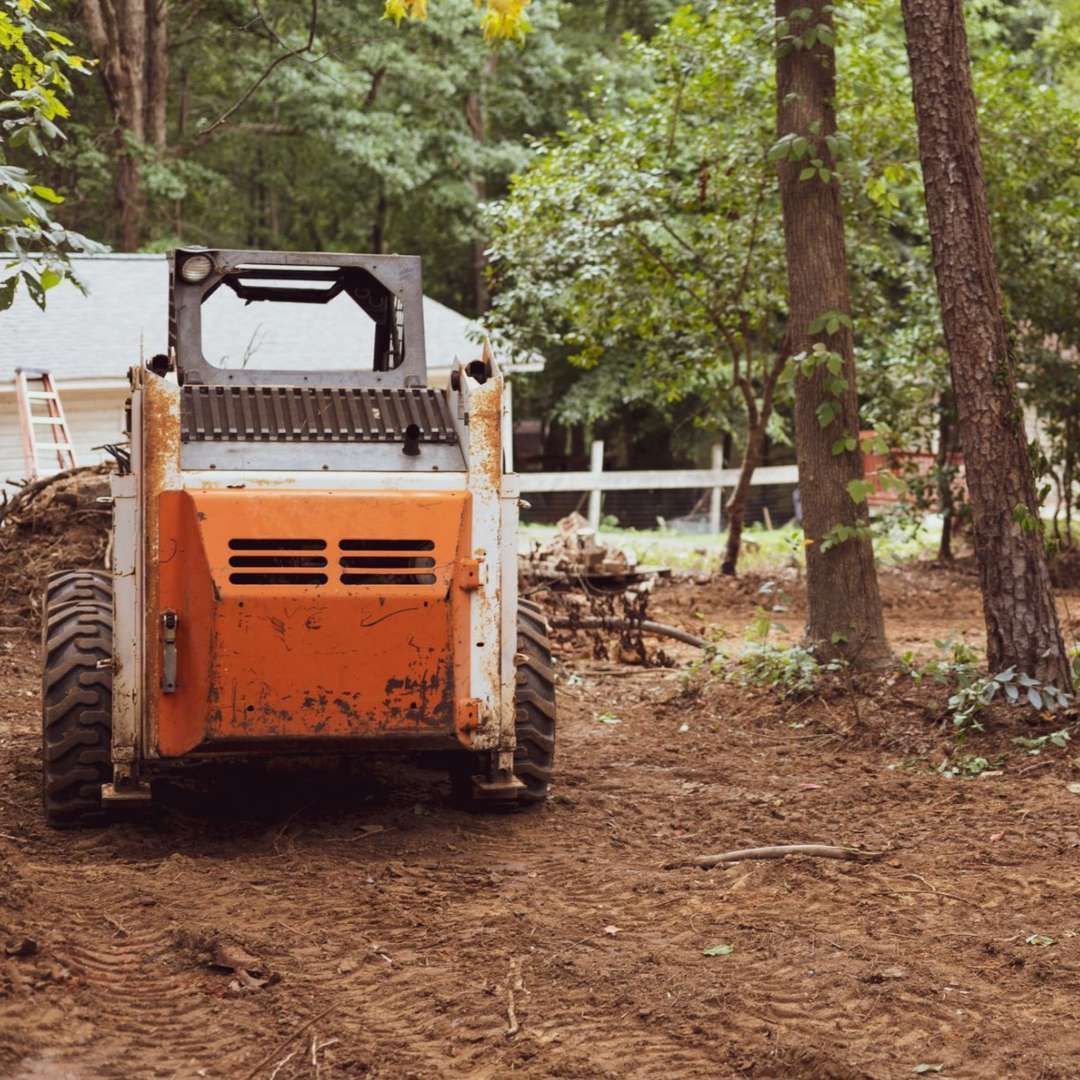
What Is Sudden Oak Death?
Sudden Oak Death is caused by Phytophthora ramorum, a microscopic water mold that infects oak trees and several other species. It spreads through rain splash, wind-blown spores, contaminated tools, equipment, and mulch, as well as the movement of infected soil or plant material.
In Napa, the most commonly affected species include Coast live oak, tanoak, and black oak — all integral parts of our local environment and cherished by property owners.
Why Napa Valley Is Especially Vulnerable
Napa’s dense oak population combined with frequent fog and seasonal rainfall creates ideal conditions for Sudden Oak Death to thrive. The region’s proximity to Bay Area hotspots further increases the risk, especially for properties near wildland-urban interface zones, which are common among large estates and vineyards.
Many parts of Napa County are classified as high-risk zones for SOD, underscoring the importance of vigilance.
Signs and Symptoms to Watch For
Early detection can save your trees. Common signs of Sudden Oak Death include bleeding cankers on the trunk that ooze dark sap-like fluid, sudden browning and wilting of leaves, and branch dieback. In bay laurels, which are a host species, look for leaf spots and twig dieback.
To assist you, we offer a free
Sudden Oak Death Symptom Checklist for Napa Valley Homeowners that you can download and keep handy.
What You Should Do If You Suspect Infection
If you believe your trees may be infected:
- Avoid pruning or cutting infected trees yourself, as this can spread the disease.
- Do not move soil, wood, or mulch from affected areas to other locations.
- Avoid using bay laurel mulch, which can harbor the pathogen.
- Consider preventative treatments such as phosphonate injections — but these must be applied before infection takes hold.
How Mike’s Tree Service Supports Napa’s Oak Health
Mike’s Tree Service provides expert solutions tailored to combat Sudden Oak Death:
- We offer thorough on-site inspections and risk assessments.
- We develop coordinated treatment and monitoring plans.
- Our team handles professional pruning, removal, and safe disposal of infected trees.
- We work directly with local forestry departments to ensure proper containment and compliance.
Our dedicated local experts are committed to helping you protect your property’s trees and maintain Napa’s natural heritage.
Community Awareness Is Key
Sudden Oak Death affects the entire Napa Valley ecosystem. Protecting our oaks requires community effort and awareness. We encourage residents, vineyard managers, and HOAs to stay informed, report any suspicious tree symptoms, and work together to slow the spread..
Take Action Today
If you’re concerned about an oak tree on your property, don’t wait. Schedule a free Sudden Oak Death risk inspection with Mike’s Tree Service today.
Check Your Property’s Sudden Oak Death Risk
Understanding the risk level of your area is an important step in protecting your oaks. Use the official California OakMapper interactive map to see if your property falls within a Sudden Oak Death high-risk zone.
View Napa County SOD Risk on OakMapper
This map is regularly updated by state forestry experts and provides valuable information for homeowners, vineyard managers, and community members.
